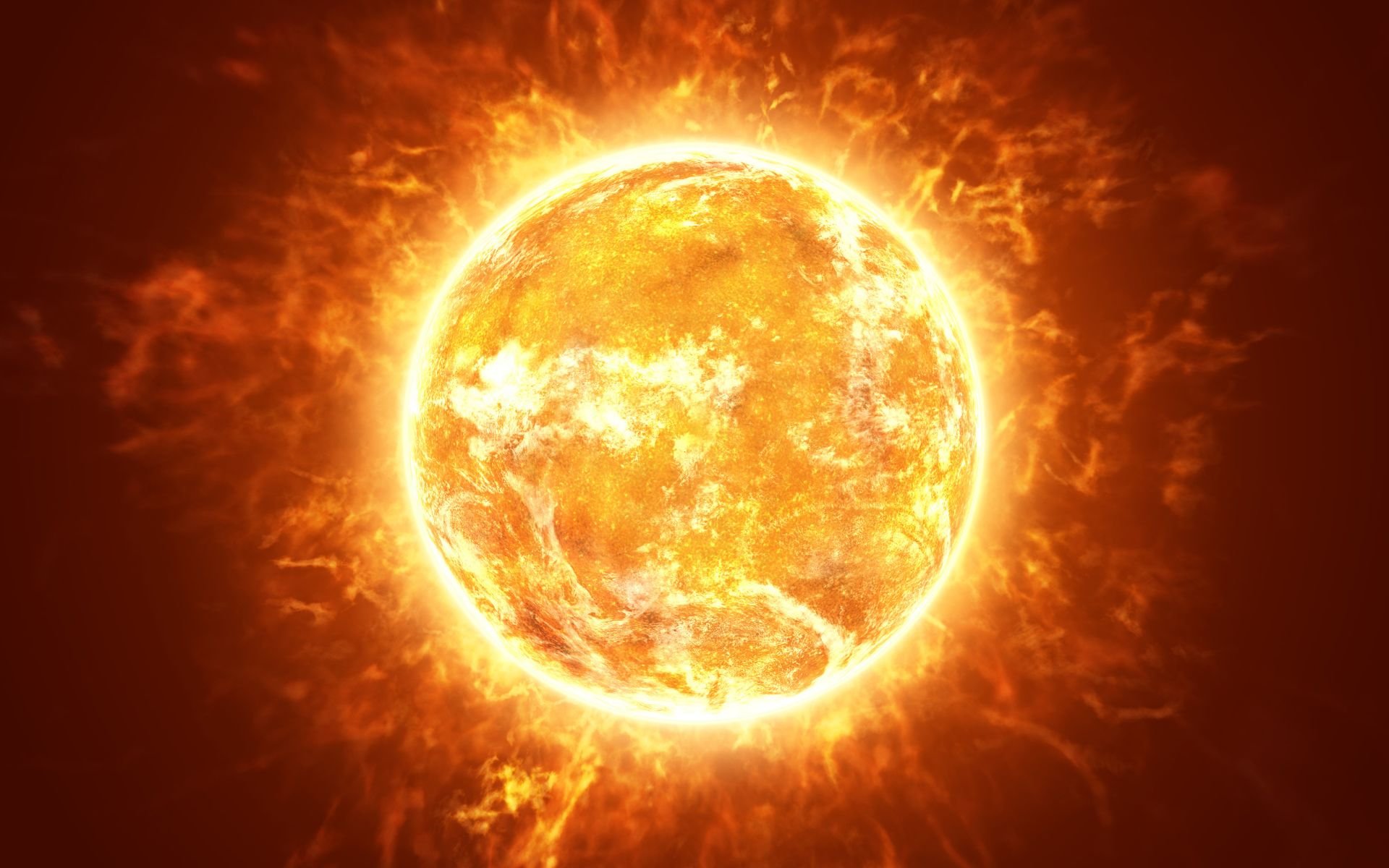Physicist, theorist and cosmologist Stephen Hawking is considered one of the greatest thinkers of the modern scientific age; He also actively participated in the science communication community, offering a more simplified view of the concepts of the universe.
While some of his contributions have been proven during his lifetime, others still need to be identified and analyzed to achieve true verification. In 1974, the physicist published a paper about black holes that introduced a concept still unknown to researchers in the field: Hawking radiation.
Although it is an idea predicted and supported by general relativity and quantum mechanics models, the concept has not yet been confirmed. Hawking radiation is not the only concept put forward by the scientist that has not yet been confirmed by science. Another idea of the genius, ‘Hawking’s stars’, could not be verified using currently available instruments..
“Even if the Sun is used as an exercise, there are good reasons to think that Hawking stars will be common in globular clusters and extremely faint dwarf galaxies. This means that Hawking stars could be a tool for testing the existence of primordial black holes and their possible role as dark matter,” he said. Matt Caplan, Illinois State University professor and co-author of a study on the subject.
To help explain a little more what a Hawking star is, we’ve gathered information from scientists, astronomers, and other experts in the field.
What is Hawking radiation?
Stephen Hawking in 1974, ‘Black Hole Explosions?’ While writing the article titled: The universe may have thermal radiation emitted by black holes due to quantum effects of the event horizon; This is the boundary around the black hole, where not even light can escape its gravitational pull.
Although supported by models of relativity and quantum mechanics, the concept has not yet been proven. If this happens, Scientists will be able to confirm that black holes can emit energy and shrink in size due to the emission of Hawking radiation.
“As a black hole emits this thermal radiation, we would expect it to lose mass. This would increase the gravity at the surface and therefore increase the emission rate. Therefore, the black hole would have a finite lifetime of around 1071 (Msolar/M)-3 seconds. For a solar-mass black hole, this would increase the gravity of the Universe. It is much older than its age,” explains Stephen Hawking in the article published in Nature magazine.
Confirmation of the hypothesis could have a significant impact on the understanding of black holes and fundamental physics; because their existence implies that these huge cosmic structures emit energy in the form of radiation.
Current science believes that Hawking radiation exists, but because it can be an extremely weak emission, it is extremely difficult to detect with current astronomy tools.
What is Hawking star?
in 1971 Stephen Hawking also proposed the idea of a Hawking star, an extremely compact and massive cosmic object. — is probably even denser than a neutron star. One of the major differences of this theory is that this type of cosmic object does not have any event horizon. Hypothetically, this structure could have formed when a newly formed star captured a small, primordial black hole.
The core of this star will host a very small primitive black hole and, unlike more common stellar structures, it will be powered not by stellar fusion but by the energy accumulated in the black hole. In any case, since this is just a hypothesis, researchers have not yet fully identified what will be food for the Hawking star.
“Stars with a black hole at their center can live for surprisingly long periods of time. “Before we know it, there may even be a black hole at the center of our Sun as large as the planet Mercury,” said Earl Patrick Bellinger, an assistant professor at Yale University and leader of a study on the subject.
After imagining a hypothetical scenario in which the Sun would become a Hawking star, scientists discovered that this cosmic structure would have a lifespan similar to the parent star in our Solar System. The evolution of a normal stellar object and Hawking’s versions would be essentially indistinguishable to the ‘eyes’ of science.Because the only difference between them will be the nutrition in their seeds.
Billions of years from now, when the nuclear fusion process in the Sun ends, it will begin to shrink and turn into a red giant. If it were a Hawking star, the situation would be different: The primordial black hole at its core would expand until it consumed the entire solar structure.
Shadow of Hawking’s Star: The uncertain future of our solar system
If the Sun were indeed a Hawking star, this could have significant effects throughout the Solar System. For example, The brightness conditions of the Sun may change and therefore this scenario may also affect the climate conditions of the planets.
The orbits of celestial bodies may also be different due to the density of the Hawking star. But calm down! This is all hypothetical and there is no evidence that the Sun is a Hawking star. In fact, there is no confirmation of such a stellar object yet.
Did you like the content? Always stay up to date with the latest studies on the Sun and black holes at TecMundo. If you want, take the opportunity to understand how gravity bends light.
Source: Tec Mundo
I’m Blaine Morgan, an experienced journalist and writer with over 8 years of experience in the tech industry. My expertise lies in writing about technology news and trends, covering everything from cutting-edge gadgets to emerging software developments. I’ve written for several leading publications including Gadget Onus where I am an author.













